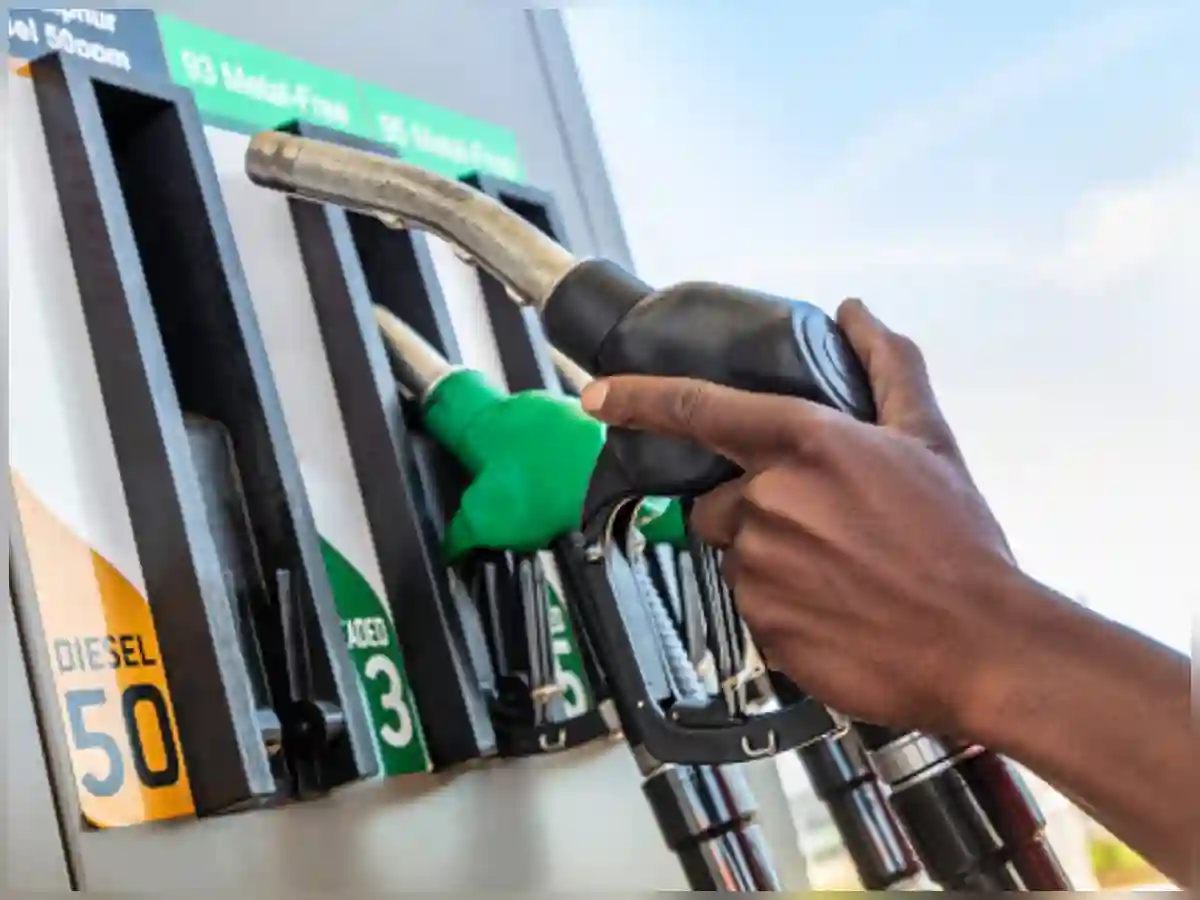
The latest weekly fuel price update from the Central Energy Fund shows that South African motorists can expect a big drop in fuel prices at the start of 2023.
According to the CEF’s data for the week ending 21 December 2022, motorists can expect a petrol price cut of around R1.94 per litre in January 2023, while diesel could be cut by as much as R2.73 per litre.
The price forecasts are virtually unchanged from the end of the previous week except for a 10 cents per litre difference in the diesel price. This represents a relatively stable market, which increases the chances of these changes carrying through to the end of the month.
The lower prices are being driven by much lower international product prices as well as strength in the rand relative to the US dollar.
These are the changes you can expect, at the end of week 3 in December.
Petrol 93/95: decrease of R1.94 per litre
Diesel 0.05%: decrease of R2.62 per litre
Diesel 0.005%: decrease of R2.73 per litre
Illuminating paraffin: decrease of R2.07 per litre
As has been the case for much of the month, a drop in oil prices is the biggest contributor to the equation, reducing international product prices by between R1.80 and R2.55 per litre in the local formula for petrol and diesel, respectively.
Read also: Charge the trucking company for Boksburg explosion deaths, says ATDF-ASA
The rand, meanwhile, has from political instability in early December and almost regained all its losses, contributing to a 12 to 16 cents per litre drop in the price.
The local unit’s recovery is seeing it push the R17 to the dollar position once again, with the rand trading at R17.02 vs the dollar early on Monday (26 December).
According to market analysts, the positive turn for the rand comes as local political uncertainty eased following a solid victory for president Cyril Ramaphosa at the ANC’s 55th elective conference in the middle of the month, as well as a softer dollar as risk sentiment improves.
Analysts said that the dollar has been over-valued for some time, given the risk-averse market conditions being driven by a year littered with rate hikes at major central banks – but the sentiment is now shifting, and the greenback could soften even further.
Risk – both locally and abroad – is still priced into markets, however, with more volatility expected in 2023. But, for now, at least, currency exchanges are working in favour of local motorists.
Global oil prices are telling a different story.
Watch: CCTV footage reveals bakkie is to blame for deadly Limpopo crash
The price of a barrel of Brent Crude is slowly increasing. After hovering around $80 a barrel for much of December, the price has slowly climbed to $84 a barrel and appears to be trending up.
According to Bloomberg analysis, oil rallied to a three-week high and clinched a second straight weekly gain after Russia warned it may cut output by as much as 700,000 barrels a day in response to sanctions on the nation’s crude.
With trading volumes dwindling, Russia’s threat outweighed the impacts of a winter freeze sweeping across the US. The cold has halted one-third of refining capacity on the Texas Gulf Coast and as much as 350,000 barrels a day of crude output in North Dakota.
Crude is still on track for a modest yearly gain after a volatile year when Russia’s invasion of Ukraine upended oil markets. The invasion led G7 countries to impose a $60-a-barrel price cap on Russian crude in an effort to reduce the Kremlin’s income while keeping exports on the market.
Adding uncertainty to global oil markets is the China problem. The world’s second-largest economy has abandoned its zero-Covid policy – a scenario favouring growing demand for oil and thus higher prices. However, market watchers are concerned over China’s ability to deal with the Covid crisis, as the country experiences record numbers of infections.
Complicating matters is China dropping the daily reporting of case numbers, making it difficult for analysts to gauge the economic impact of the pandemic.
For now, while trending upward, even at $84 a barrel, oil prices are significantly lower than the $100 a barrel mark that drove local fuel prices so much higher in the middle of the year, and prices still support a fuel price drop in South Africa next month.
The Department of Energy is expected to announce the official petrol and diesel price changes before they come into effect next Wednesday (4 January 2023). – BusinessTech





